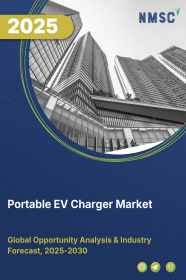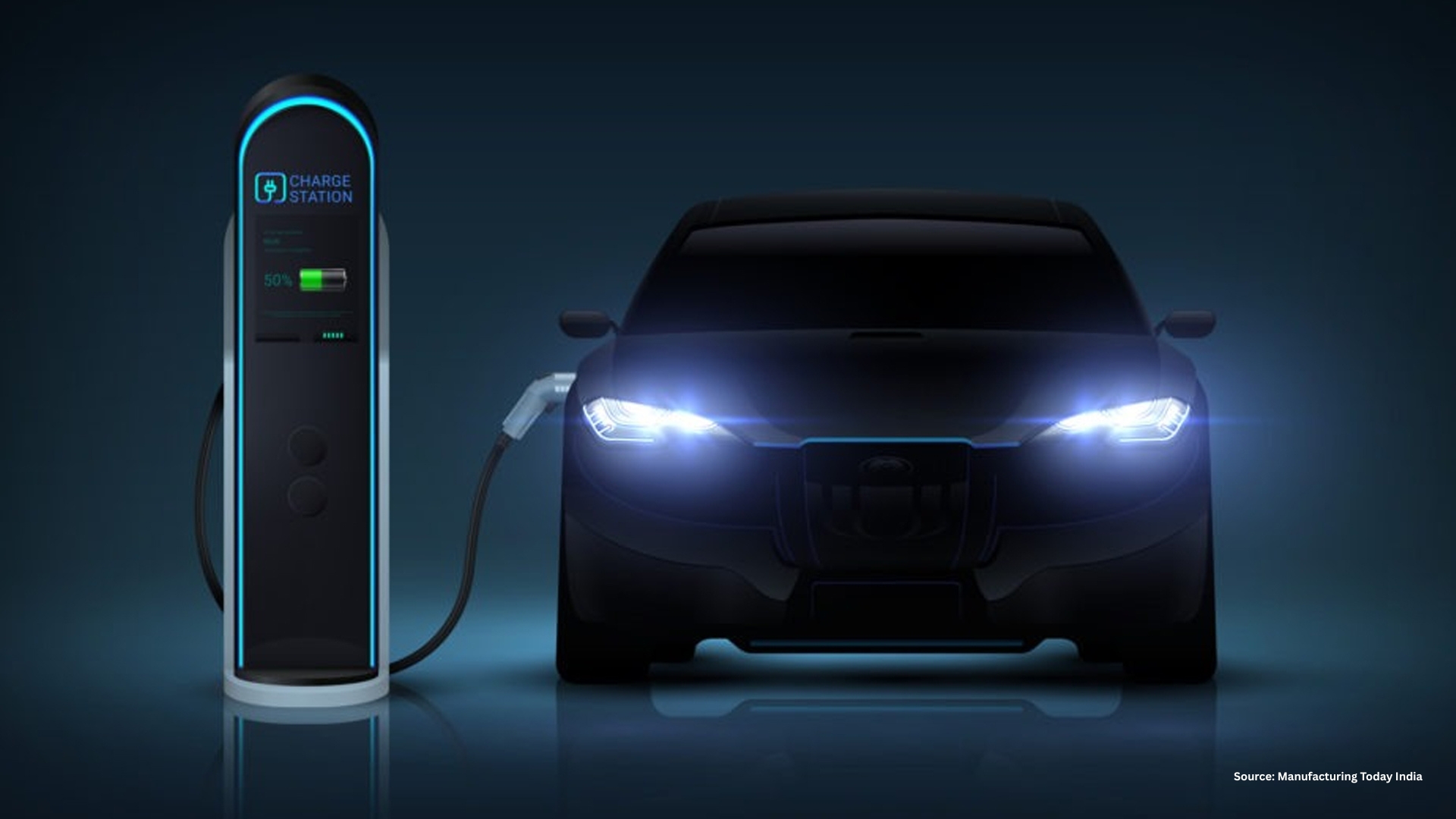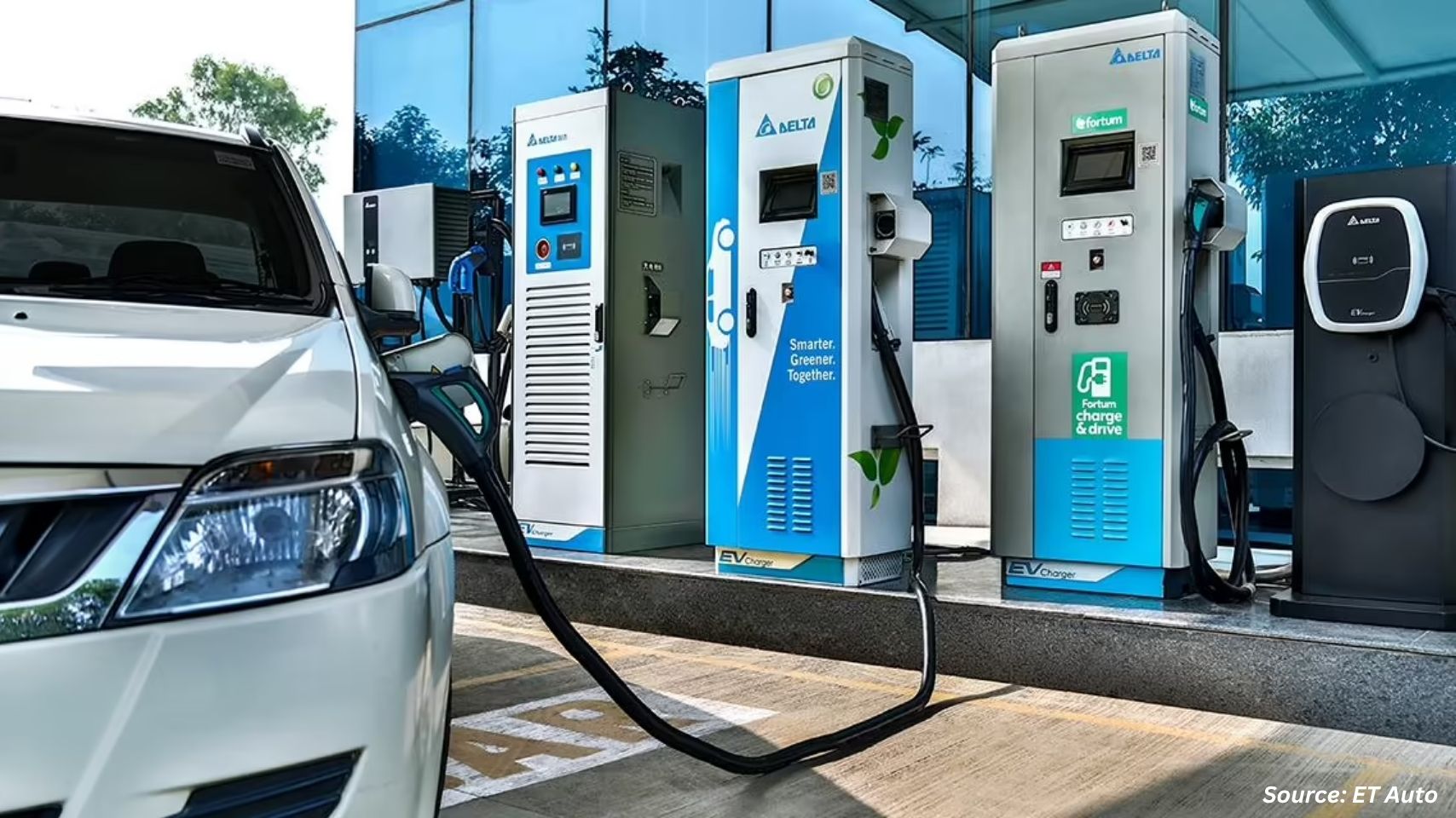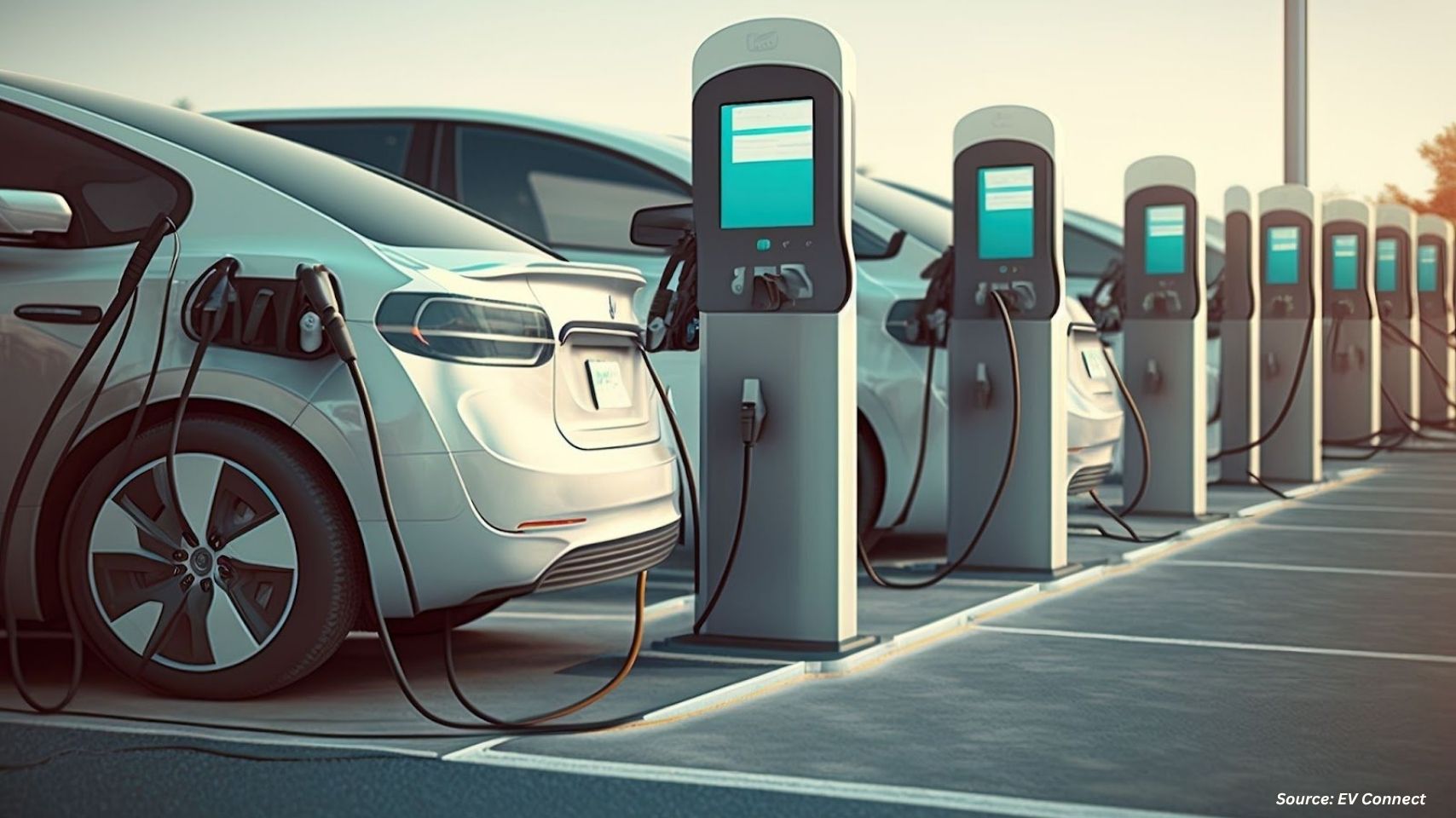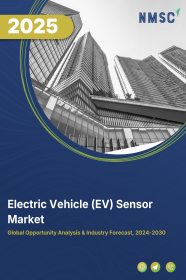
Electric Vehicle Sensor Market by Components (Hardware and Software), by Sensor (Temperature Sensor, Current Sensor, Position Sensor, Speed Sensor and Others), by Propulsion (Battery Electric Vehicles, Plug-In Hybrid Electric Vehicles, and Fuel Cell Electric Vehicles) and by Vehicle Type (Passenger Cars, Commercial Vehicles and Two Wheelers)– Global Opportunity Analysis and Industry Forecast 2025-2030
Electric Vehicle (EV) Sensor Market Overview
The global Electric Vehicle (EV) Sensor Market size was valued at USD 10.79 billion in 2024 and is predicted to reach USD 25.82 billion by 2030 with a CAGR of 15.7% from 2025-2030.
The factors such as growing usage of electric vehicles, inclination of mankind towards autonomous driving technologies alongside wireless charging technology drives the market growth. However, the high cost of components such as sensors and other technologies integrated in electric vehicles inflates the price of battery management sensors. On the contrary, integration of LiDAR technology for better autonomous driving experience, offers promising future opportunity to enhance automation demand.
Moreover, top players namely, Texas Instruments, Denso Corporation and others are taking initiatives involving product launch and collaborations in order to enhance their market position and expand product offerings. These initiatives drive innovations and adoption in electric vehicle sensor market, creating a secure and efficient driving ecosystem. Advancements in sensor technology boosts market, and as the market matures, demand for energy transition are expected to grow steadily.
Growing Usage of Electric Vehicles Boosts the Market Growth
The rapid global adoption of electric vehicles worldwide, driven by environmental regulations, sustainability goals, and advancements in sensor technology, is accelerating the electric vehicle sensor market growth.
According to reports by the International Energy Agency (IEA) published for 2023, nearly 14 million new electric cars registered in 2023, raising the total count of electric cars to 40 million in 2023. Environmental regulations and priorities for sustainability as well as advanced sensor technology drive this rapid rise in the adoption of electric vehicles around the globe.
Demand for Autonomous Driving System Propels the Market Growth
Advanced driver assistance systems and autonomous driving technologies in electric vehicles are driving the global demand for high-performance sensors. EV cars depend on technology to properly monitor, control, and navigate, demanding a more advanced sensor system in EVs.
McKinsey consumer survey indicates that autonomous driving will be about USD 300 billion and USD 400 billion by 2035. Electric vehicles require high-performance sensors because of the increasing demand for autonomous driving technologies.
Rise in Wireless Charging Technology Boost the Electric Vehicle Sensor Market Demand
Wireless charging technology development for electric vehicles is further fuels the electric vehicle sensor market demand, as the efficiency of energy transfer, alignment detection, and safety monitoring of wireless charging systems are highly dependent on high-precision sensors.
According to reports published by, the Global EV Outlook, 2023, the number of public charging points increased by 40% in 2022, to more than 1.8 million worldwide. This suggests that charging infrastructure increased in response to a greater demand for electric vehicles.
High Cost Hinders the Electric Vehicle Sensor Market Expansion
The market is constrained by the high cost of advanced technologies, that raises production expenses and impacts adoption. Essential for battery health, energy optimization, and ADAS, these sophisticated sensors, including those for thermal management and autonomous driving, add significant manufacturing costs.
Integration of LiDAR Technology Create Future Opportunities
Integration of LiDAR technology into electric vehicle sensors is expected to drive significant growth in the market as it allows for more advanced autonomous driving capabilities. Integration of LiDAR technology into electric vehicle sensors is expected to drive significant growth in the market as it allows for more advanced autonomous driving capabilities.
Market Segmentations and Scope of the Study
The electric vehicle sensor market report is segmented on the basis of components, sensor, propulsion and vehicle type. On the basis of components, the market is divided into hardware and software. Furthermore, on basis of software the market is divided into operating systems, middleware, and application software. On basis of sensors, the market is split into temperature sensor, current sensor, position sensor, speed sensor and others. On basis of propulsion, market is further classified into battery electric vehicles, plug-in hybrid electric vehicles, and fuel cell electric vehicles. On the basis of vehicles type, market is broadcasted as passenger cars, commercial vehicles and 2-wheelers. Regional breakdown and analysis of each of the aforesaid segments includes regions comprising of North America, Europe, Asia-Pacific, and Rest of The World (Row).
Geographical Analysis
The Asia-Pacific region dominates the electric vehicle sensor market share and is projected to continue during the forecast period. The rise in demand is mainly attributed to the need for more electric vehicles in the region because higher reliance on sophisticated EV sensors raises the performance and safety level with a much-enhanced overall experience of vehicles.
As stated in the reports issued by IEA in 2024, over 14 million electric cars are sold across the globe during the year 2023 and Chinese electric vehicles outpace other manufacturers. These sensors ensure optimal performance, monitor battery health, and enable advanced driving technologies, fuelling further EV growth. This trend reflects China's dominance in the EV sector, supported by both domestic demand and technological innovation.
Moreover, this region is rapidly advancing in electric vehicle sensor market with significant investments by the government. This is attributed to government initiatives towards EV adoption, increasing the demand for advanced sensors.
According to reports published by Ministry of Commerce and Industry, 2024, Phase II of FAME (Faster Adoption and Manufacturing of Electric Vehicles) India allocated USD 1.20 billion, with a focus both on incentivising adoption of EVs through incentive schemes for creating demand as well as charging infrastructure.
On the other hand, the European region is anticipated to experience steady growth in the market during the forecast period. This is attributed to technological advancement in EV sensors that are accelerating the electric vehicle market by enhancing vehicle performance, monitor battery health and safety features. For instance, in June 2023, Metis Engineering's recent launch of advanced EV sensors is driving the growth of the market by providing innovative solutions for electric vehicle performance and safety. These sensors improve the accuracy of battery management, enhance energy efficiency, and support the development of autonomous driving features.
Additionally, the increasing charging infrastructure for electric vehicles in the region also increases the use of EV sensors in electric vehicles to efficiently function. As stated by the reports issued by International Energy Agency, 2024, in Europe the stock of public LDV chargers increases to around 2.7 million in 2035 in both the STEPS and APS, up from about 730 000 in 2023.
As charging networks grow, the demand for precise sensors rises to enable real-time data, fault detection and communication between EVs and chargers, driving EV sensor technology growth.
Competitive Landscape
Various key players operating in the electric vehicle sensor industry includes Continental AG, ZF Friedrichshafen AG, Allegro MicroSystems, Inc., Amphenol Corporation, Denso Corporation, Sensata Technologies, Inc., TVS Sensing Solutions, Valeo group, Aaron Instruments, CTS Corporation, Melexi, NXP Semiconductors, STMicroelectronics, Texas Instruments Incorporated, Infineon Technologies AG , and others. These market players are adopting strategies collaborations to remain dominant in the market.
For instance, on June 2024, Texas Instruments collaborated with Delta Electronics, a global power and energy management manufacturer, to create next-generation electric vehicle onboard charging and power solutions.
Furthermore, on April 2024, Denso Corporation strengthened its presence in the EV market by collaborating with major automakers such as Toyota and Subaru, supplying them with advanced sensors for new models namely the bZ4X and Solterra. These partnerships aim to integrate advanced sensor technologies, enhancing the efficiency and performance of electric vehicles globally.
Electric Vehicle Sensor Market Key Segments
By Components
-
Hardware
-
Software
-
Operating Systems
-
Middleware
-
Application Software
-
By Sensor
-
Temperature Sensor
-
Current Sensor
-
Position Sensor
-
Speed Sensor
-
Others
By Propulsion
-
Battery Electric Vehicle
-
Plug-In Hybrid Electric Vehicle
-
Fuel-Cell Electric Vehicle
-
Temperature Sensor
-
Current Sensor
-
Position Sensor
-
Speed Sensor
-
Others
By Vehicle Type
-
Passenger Cars
-
Commercial Vehicles
-
Two-Wheelers
By Region
-
North America
-
The U.S.
-
Canada
-
Mexico
-
-
Europe
-
The U.K.
-
Germany
-
France
-
Italy
-
Spain
-
Denmark
-
Netherlands
-
Finland
-
Sweden
-
Norway
-
Russia
-
Rest of Europe
-
-
Asia-Pacific
-
China
-
Japan
-
India
-
South Korea
-
Australia
-
Indonesia
-
Singapore
-
Taiwan
-
Thailand
-
Rest of Asia-Pacific
-
-
Rest of the World (RoW)
-
Latin America
-
Middle East
-
Africa
-
Key Players
-
Continental AG
-
ZF Friedrichshafen AG
-
Allegro MicroSystems, Inc.
-
Amphenol Corporation
-
Denso Corporation
-
Sensata Technologies, Inc.
-
TVS Sensing Solutions
-
Valeo group
-
Aaron Instruments
-
CTS Corporation
-
Melexis
-
NXP Semiconductors
-
STMicroelectronics
-
Texas Instruments Incorporated
-
Infineon Technologies AG
REPORT SCOPE AND SEGMENTATION:
|
Parameters |
Details |
|
Market Size in 2024 |
USD 10.79 Billion |
|
Revenue Forecast in 2030 |
USD 25.82 Billion |
|
Growth Rate |
CAGR of 15.7% 2025 to 2030 |
|
Analysis Period |
2024–2030 |
|
Base Year Considered |
2024 |
|
Forecast Period |
2025–2030 |
|
Market Size Estimation |
Billion (USD) |
|
Growth Factors |
|
|
Countries Covered |
28 |
|
Companies Profiled |
15 |
|
Market Share |
Available for 10 companies |
|
Customization Scope |
Free customization (equivalent to up to 80 working hours of analysts) after purchase. Addition or alteration to country, regional, and segment scope. |
|
Pricing and Purchase Options |
Avail customized purchase options to meet your exact research needs. |







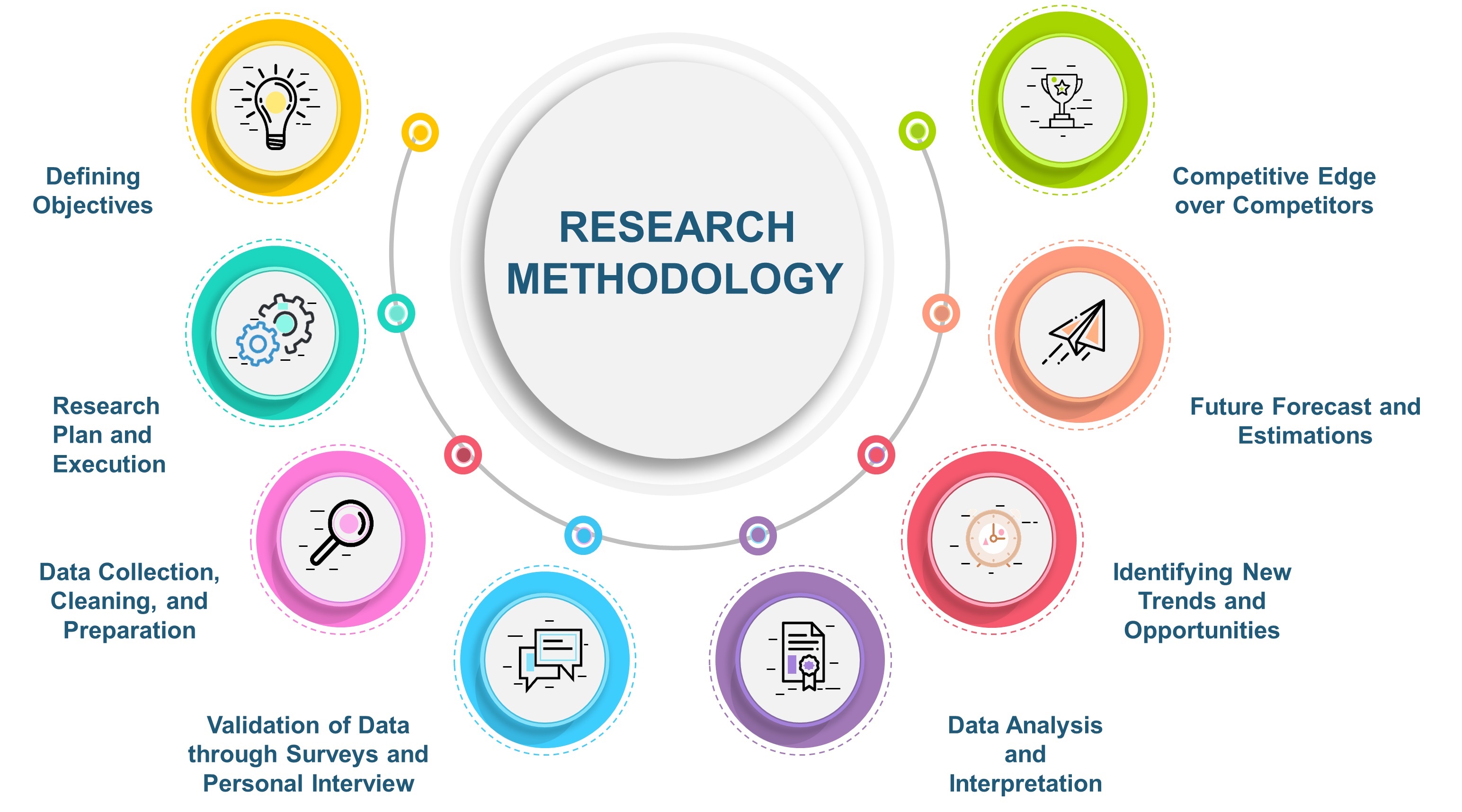
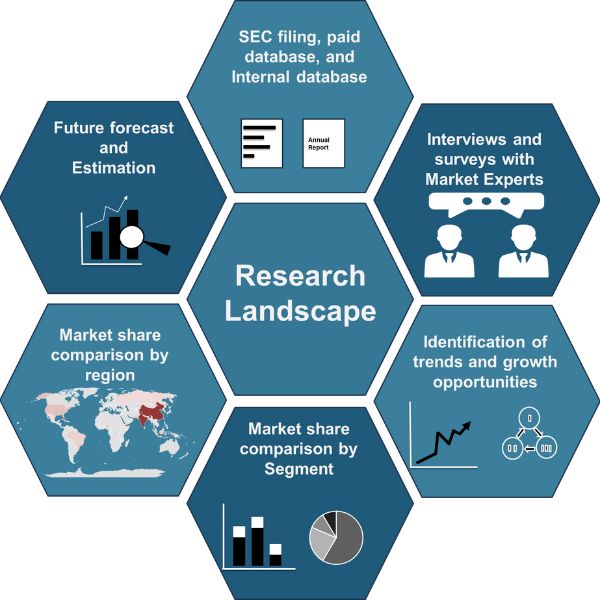
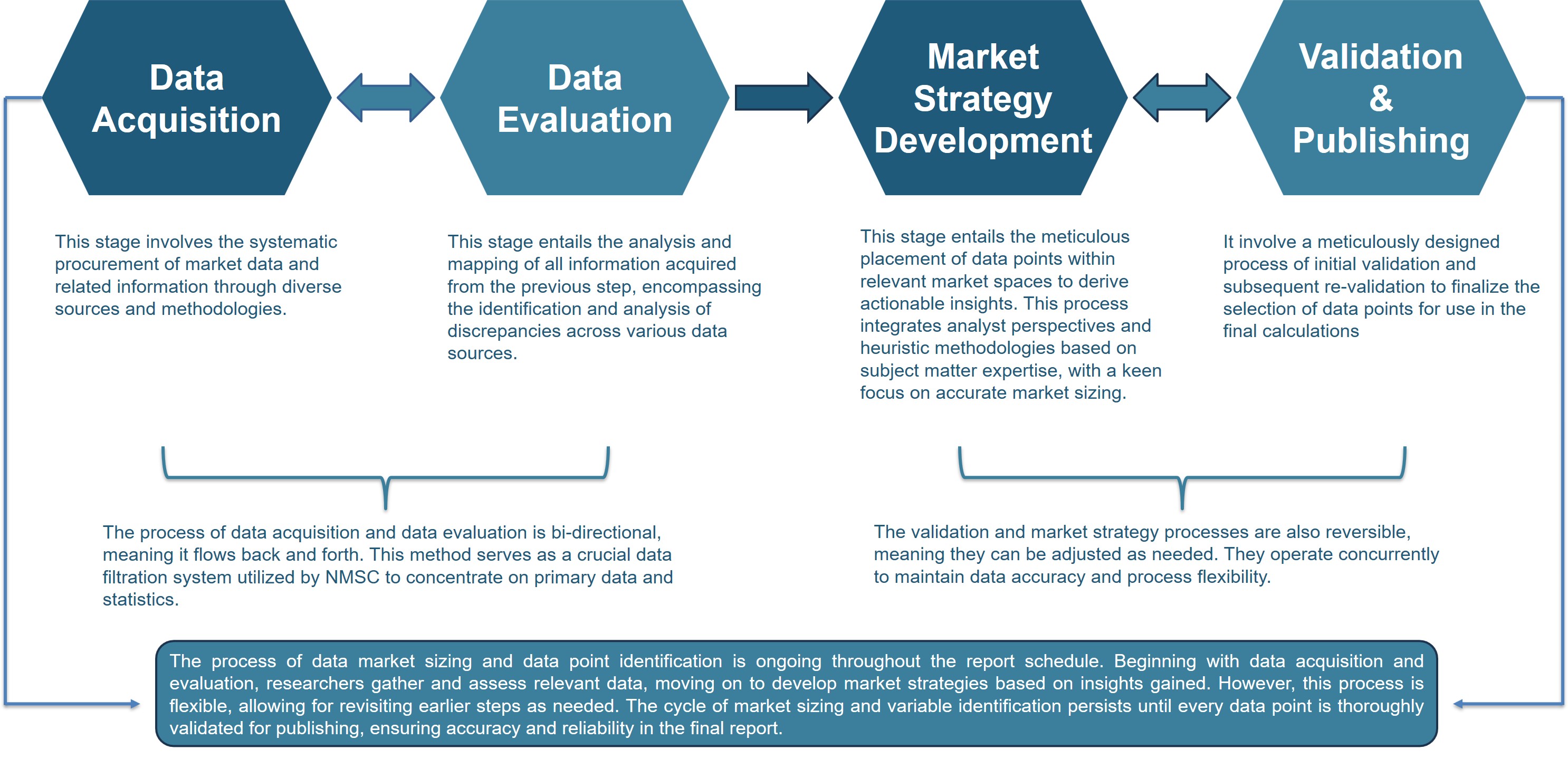
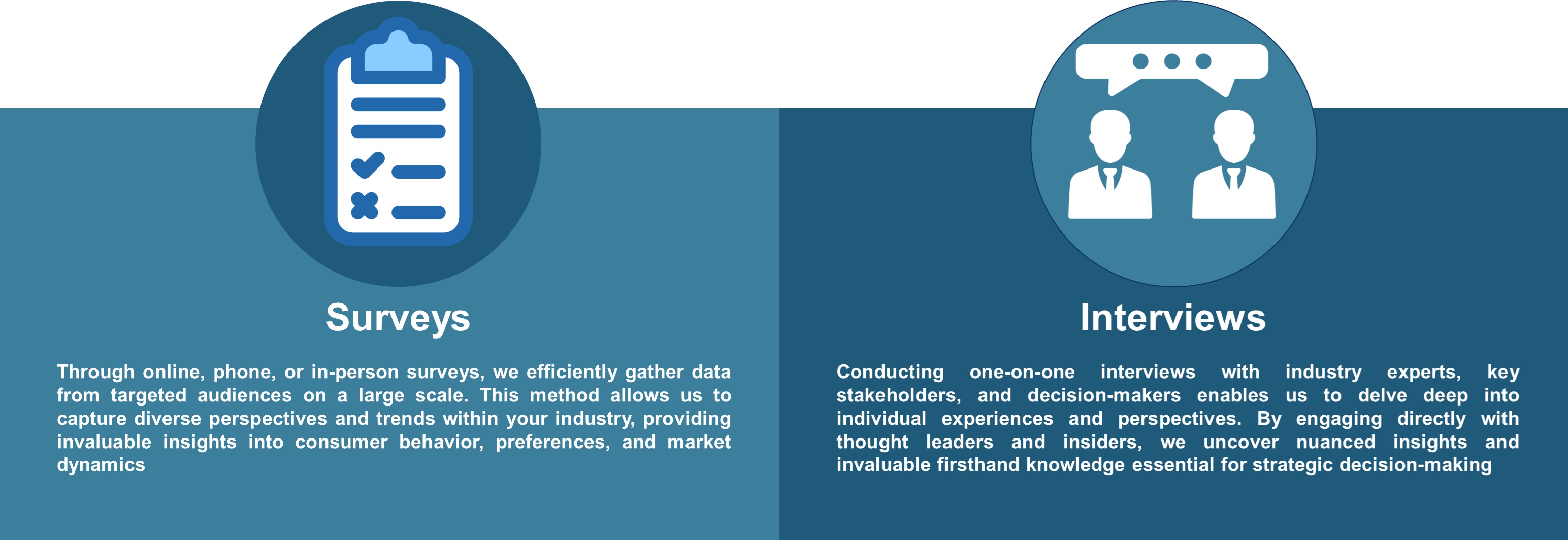


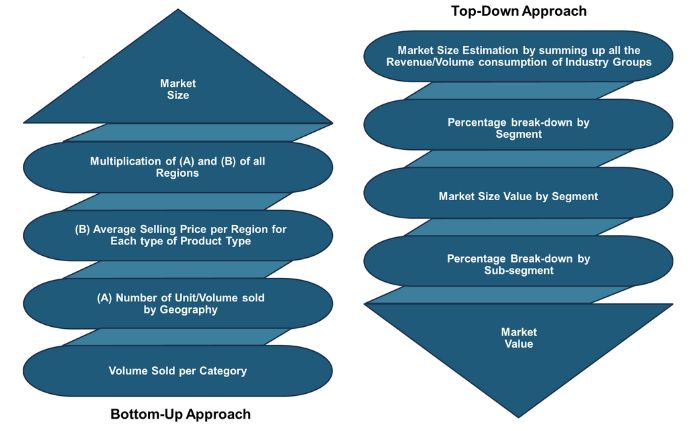
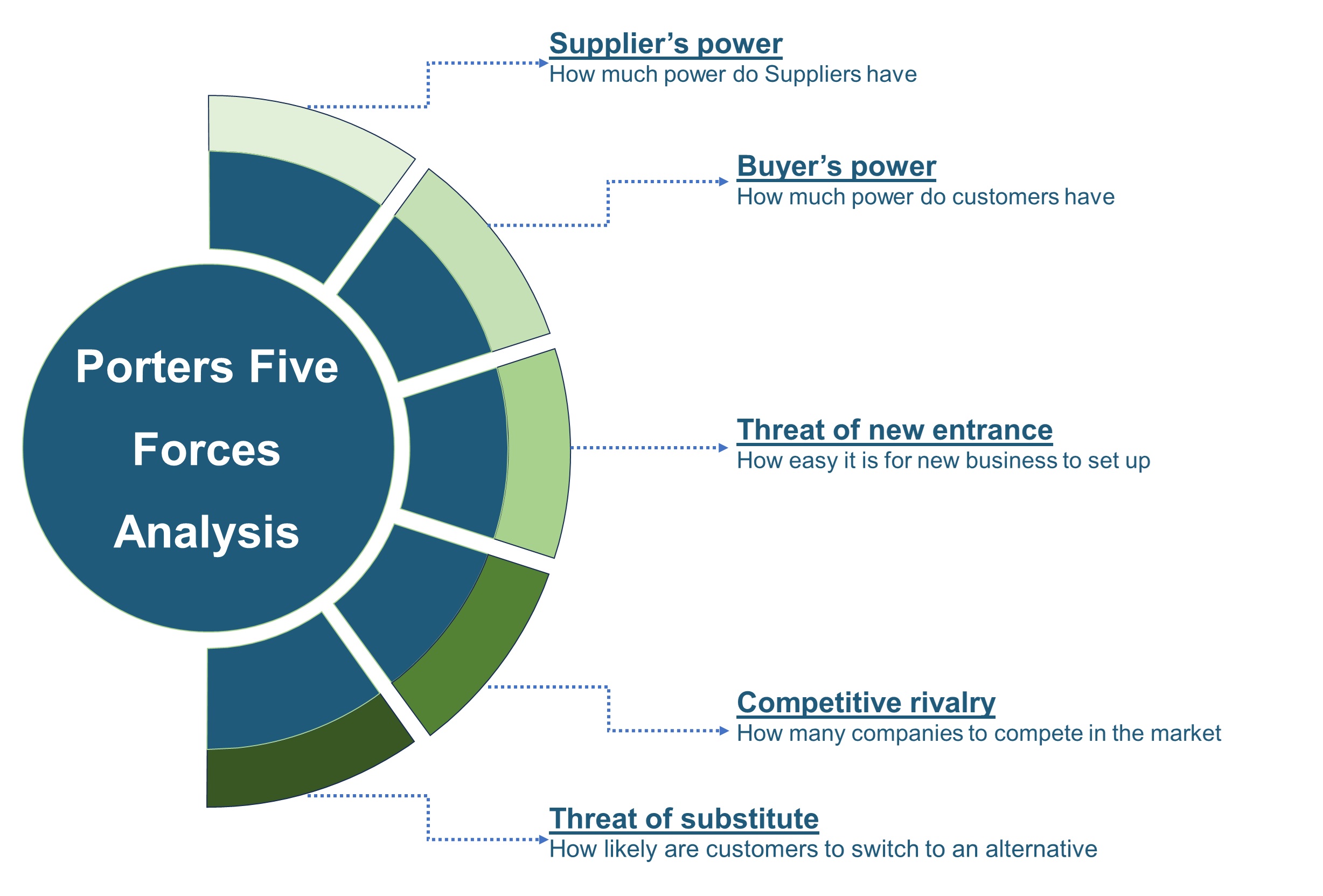


 Speak to Our Analyst
Speak to Our Analyst





